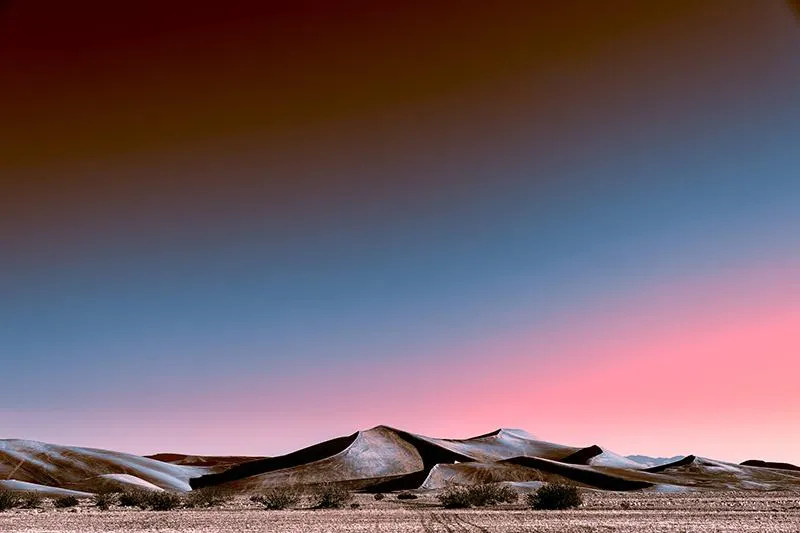Interview With Stefano Zocca, The 1st Place Winner of “Authenticity 2.0”
Stefano Zocca, a photographer from Italy, is the first-place winner of the Depositphotos photography contest “Authenticity 2.0”. He has been in love with photography from the early years and has developed his unique vision and a “photographic eye” that resulted in multiple award-winning shots in his career.
Stefano’s signature vision makes you wonder what’s the recipe of top-notch shots and what gear he uses to create them. In this interview, you can find answers to all these questions and more insights from our first-place winner.
My father “infected” me with his passion for photography
From early adolescence, my father led me with his example towards understanding what lies behind a photographic image – attention to light, what surrounds you, and the technique behind a good photograph. Without him, I probably wouldn’t have certain abilities, particularly, the “photographic eye” which essentially emerges after millions of shots.
Today, compared to the years when photography represented something artisanal and physical, things have changed a lot. For instance, the ease with which an image can be produced in times of film. Returning from summer holidays with 4 x 36 rolls was an exaggeration. Now you can shoot the same amount in a single photo session and see the results in real time! This enormous production has (literally) clogged up all the available spaces, congesting the web of all kinds of images. All this has therefore led towards an ever greater manipulation with photographs.
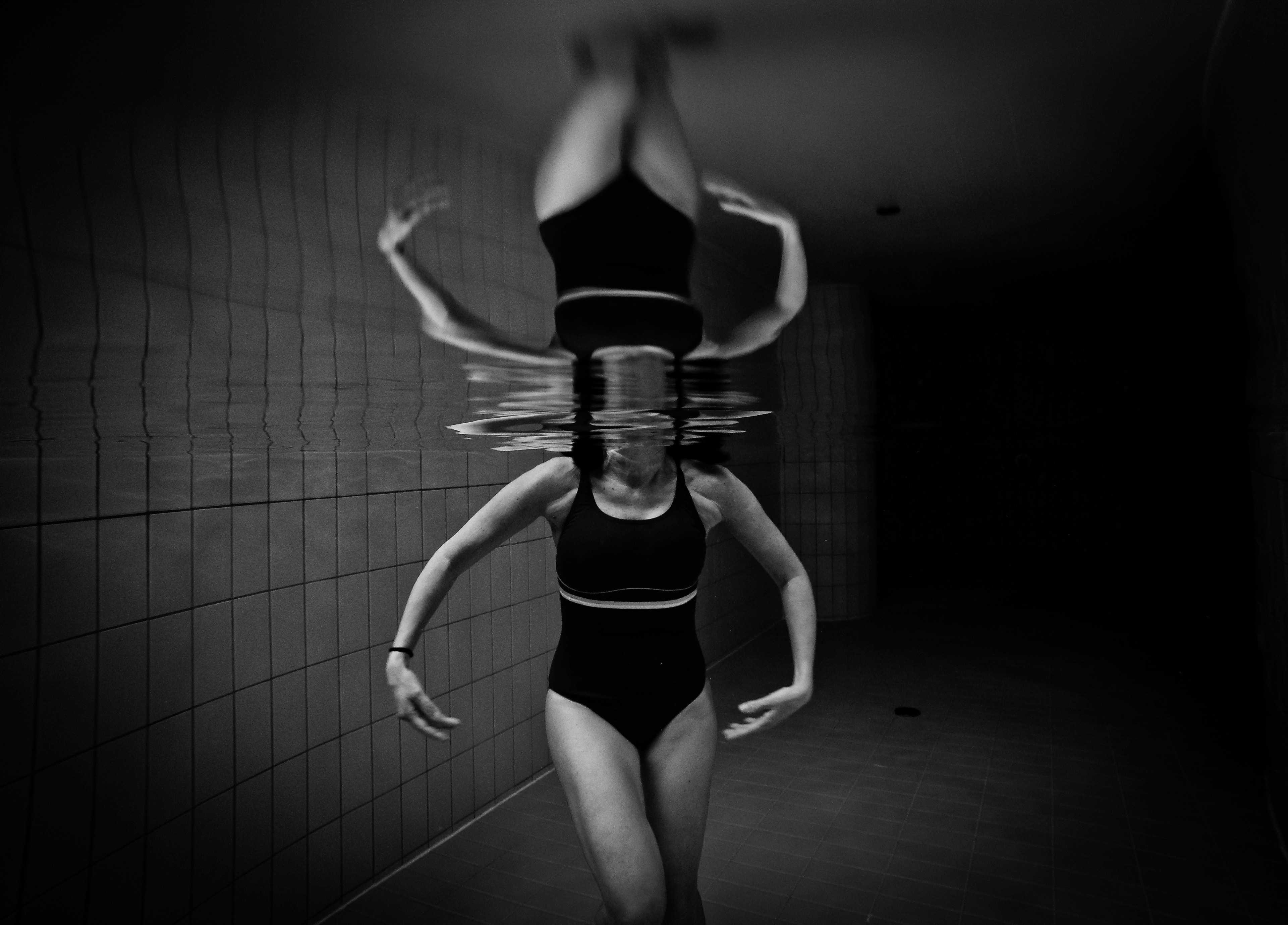
Ballerina / © Stefano Zocca
You can see this trend in every kind of shot. They all have in common the extremiezation of an image and the maximization of the impact, exploiting a practically infinite potential of post-production tools. Even the most prestigious photographic competitions have capitulated, keeping only the ban on “erasing” pieces of images.
What I don’t like about modern photography is standardization and exaggeration. Instead, I continue to love the priceless feeling of being able to capture in one shot that particular light that you caught in an instant of extreme awareness and that, thanks to today’s technology, you can immediately contemplate and hopefully, enjoy it forever.
I look for simplicity in photography
My photographs are hardly chaotic and this is a common thread that unites most of my shots. I certainly do not specialize in any of the classic types: I like to range from portrait to nature photography without dwelling too much on one or the other.
Since I discovered digital, I am enthusiastic about underwater photography and in this, the new generation of “action cams” helps me a lot. With their versatility, they have allowed me to join numerous photographic competitions (including Authenticity 2.0). I also have a passion for video and more recently, shooting with drones that represent the last frontier.
Gear I use, from Zenit to GoPro Hero 4 Black
I started with a Zenit equipped with a Helios F2 50mm, then moved on to the Nikkormat (with my father’s complete set of NIKKOR AI lenses) to spend 30 years with the Nikon F Photomic.
From 2012, I finally switched to the Nikon D800 that I still use today, always with NIKKOR lenses from the 70s. Having always had only Nikon material at home, the choice was almost obligatory. I don’t think I will easily change my mind in favor of the more modern mirrorless which, they say, are the future. But we’ll see. As I said above, to this machine, I combine an indestructible GoPro HERO4 Black.
I try to never modify the “soul” of a photograph
Coming from decades of dark room, the transition to the “light room” was a bit traumatic but after a few mistakes I mastered the main correction tools. I’m talking about correction because apart from a few exceptions, I try to never modify the “soul” of a photograph. That said, I use the classic retouching programs like the 10-year old version of Lightroom.
I must admit, however, that the ease with which today you can work on a raw file (especially in black and white) does not make me regret the old days.
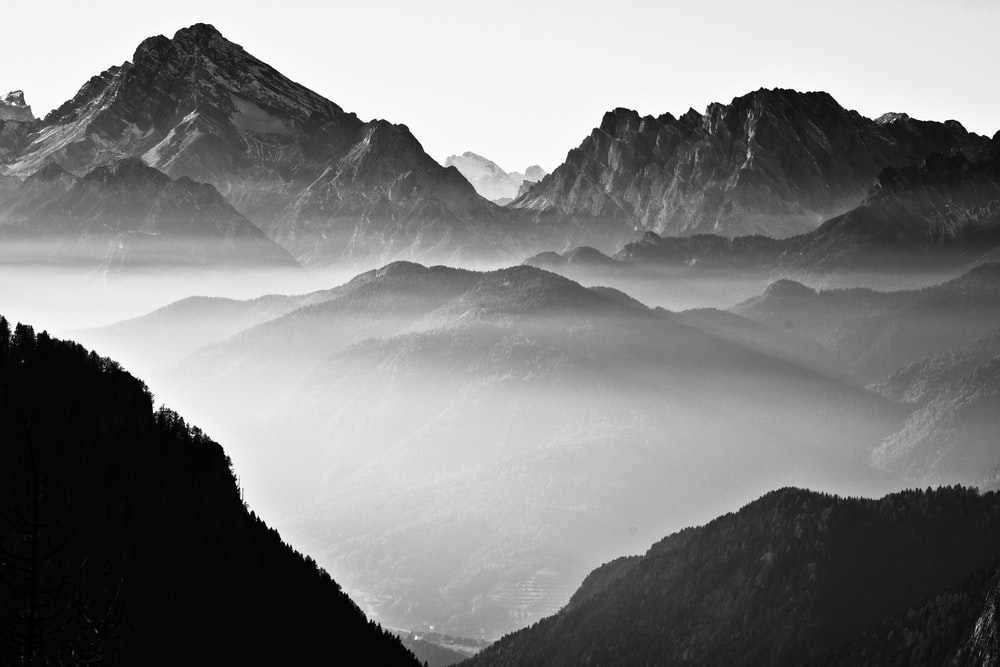
Pale Mountains / © Stefano Zocca
What is authenticity in photography?
I think we have already understood well what authenticity is for me. It is not something related to the use or no use of technology, but how this is exploited to modify perception for the sole purpose of distracting the observer from the content which should instead be the main focus of any photographic image.
The observation that is always made by those who practice a highly “modified” kind of photography is the petulant statement that they want to put Photoshop and black and white on the same level. It is true that depriving an image of color is an extreme modification of human perception, but precisely because it “removes” (and does not “add” as it generally happens in post-production interventions), it leaves more space for the contents present in the photo.
For several decades, black and white photography has been my only mode of expression. First of all, because it allowed me the maximum freedom of action, being able to dominate almost all the qualitative parameters with the darkroom. Then because I still believe the absence of color is the best way to “realize” reality. Color most often distracts and makes it difficult to fully perceive what is true and tangible. The shadows are black and the sun is white, in the middle a sea of grays. What’s more beautiful?
The story behind the award-winning photo “Pietro Adolescence”
Let’s start by saying that I had just bought the GoPro and couldn’t wait to try it out on the water. Unfortunately, we were in the middle of winter, and the first opportunity came during a trip to Villach (Carinthia, Austria), where there is one of the most beautiful thermal baths in the region: immersed in the large heated idea of photographing my children, keeping the GoPro just below the surface of the water and seeing what came out.
Out of the 10-15 images taken that day, one caught my eye in particular. It combined the beautiful expressiveness of my son’s (Pietro) gaze when he was still a child with a deformed physicality due to the lens effect of the water. This apparent division gave me the inspiration for the photography caption.
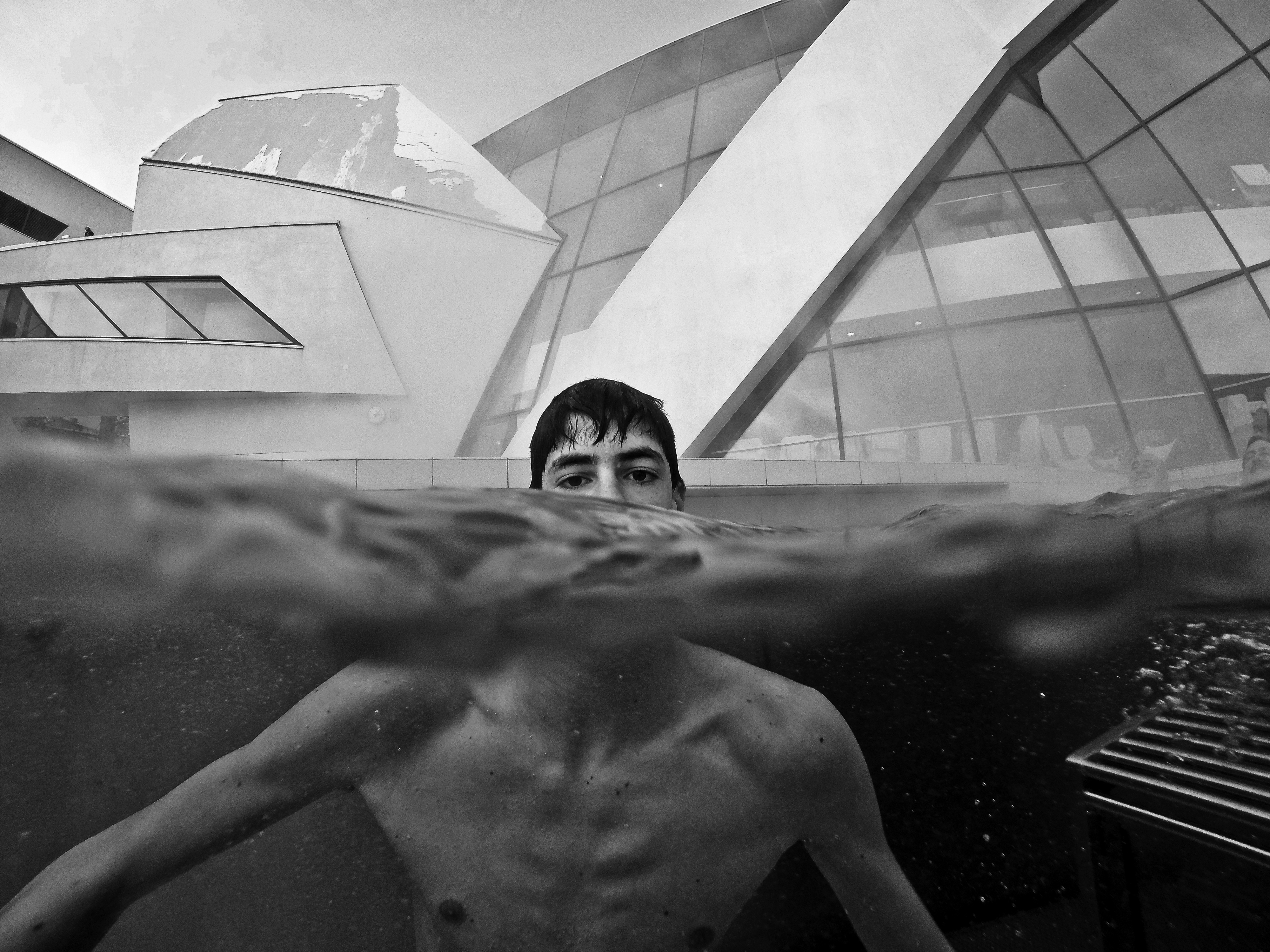
“Pietro Adolescence” / © Stefano Zocca
The content of this image could reside in a sort of parallelism between the two expressions of the same body: the face still linked to a pre-adolescent youth (with a look, however, already aware of the changes taking place), and an underlying part already hyper- developed as a harbinger of irrevocable growth into adulthood. I must say that Pietro has never really appreciated this shot (he is ashamed), but after a few years, he begins to understand the reasons that led me to make it public. If you have content, the message that will emerge will be much stronger, and this is what I wanted to do with this photograph.
How the close-up of an ibex that was among the finalists of the Wiki Loves Earth contest was created
Here too, there is a beautiful story that involves Pietro again. This shot, along with others, just as beautiful (one in particular made me win 3 international awards …), was the highlight of a beautiful day up on the mountains with my 13-year-old son Pietro. On that saddle, I knew I had the opportunity to admire these beautiful creatures – the ibex. I decided to take my son with me to let him experience the thrill of meeting these wild animals in their natural environment. The ibex were particularly numerous and “sociable”. Of course, I had with me all my camera equipment already. These animals walked towards the edges fast — without fear nor uncertainty, making everything look easy and absolutely not dangerous. But it was, and I was afraid for them!
As soon as I realized this, I started taking pictures with my trusty Nikon D800 and the fantastic NIKKOR AI 135mm f/ 2.8. I want to point out that this is a 70s lens, not autofocus. Prodded by my son, I safely positioned myself on the edge of the ravine so I could capture the ibex balancing on the narrow ledge above the abyss.
That was a magic moment, and I thank Mother Nature for serving this moment up to me on a silver platter, and for allowing me to spend an unforgettable day in the company of my son. Later on, the only post-production treatment I did was to slightly increase the contrast and brightness to reduce the effect of haze.
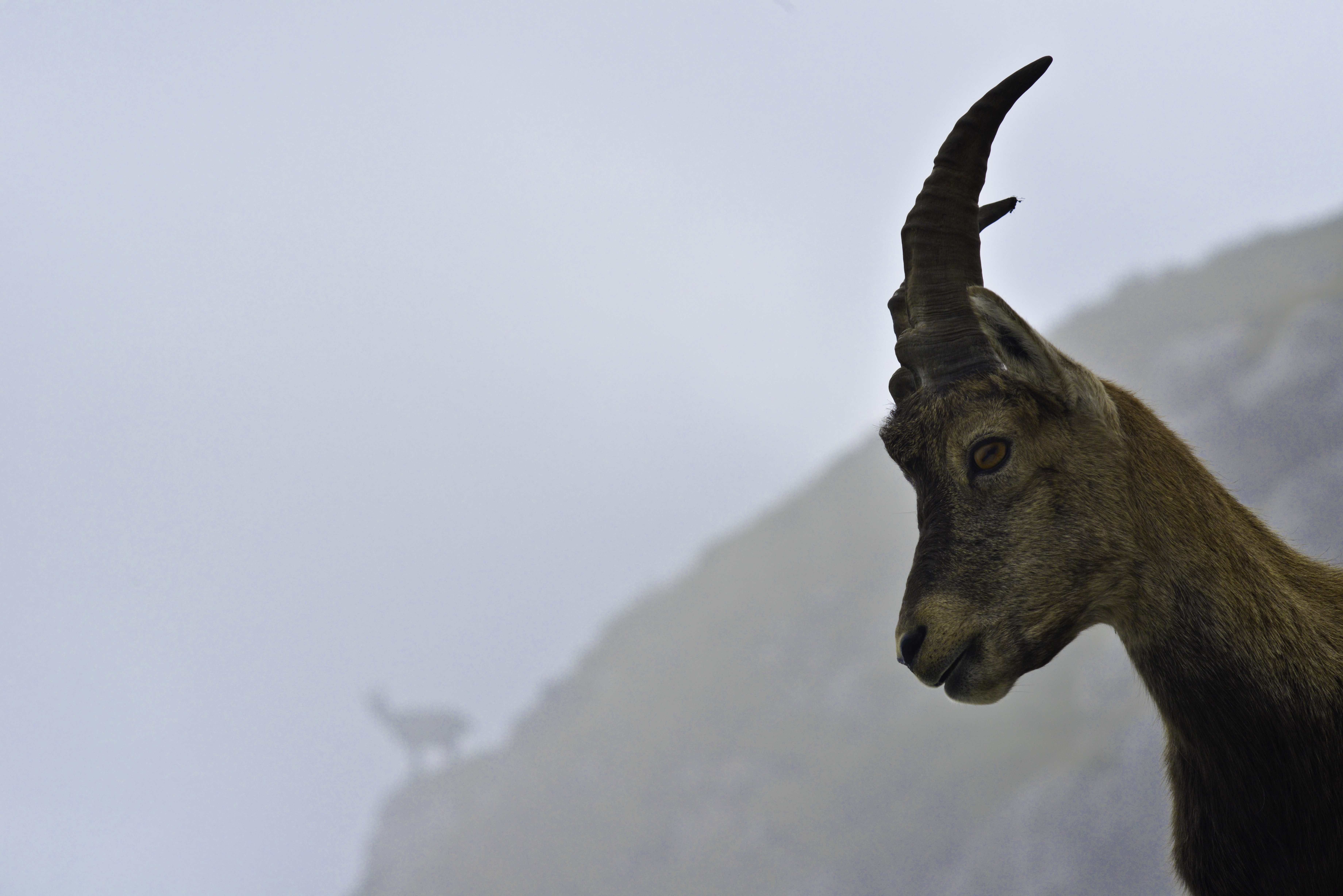
The two rivals / © Stefano Zocca
My advice to aspiring photographers
One thing that I always recommend to all those who want to seriously start “practicing” photography, is not to be afraid of making mistakes by trying new ways of expression. The worst thing is to try to mimic the expressive modes of famous photographers, instead of focusing on what originality our intimate experience can show with the photographic image.
For the rest, I am a very “instinctive” photographer, and very sensitive to the type of light that is created at certain times of the day, or in the presence of particular weather conditions. So I always recommend paying maximum attention to the type of light that every moment of the day can give.
One last tip: don’t be afraid to submit your work to photo contests!
Places of my heart for photography
I don’t have a favorite destination for my photographs but I certainly have some “places of the heart” to which I am mostly attached and which therefore, have been the subjects (and backgrounds) of many of my images.
I refer to my homeland of my maternal grandmother (actually I was born and live in Bologna, Emilia-Romagna): Friuli Venezia Giulia. It is a little-known Italian region, a region set between Austria and Slovenia, characterized by a variety of environments and landscapes, from the seaside resorts of the coast to the south to the extreme offshoots of the Dolomites to the west and the (Julian) Alps to the north. And to the east. I am especially attached to the latter, where I spent most of my long summer holidays as a child. Hence a sort of imprinting that led me to frequent these places whenever I could, even to become an Alpine soldier there. I try to communicate this passion to my children as well but it is not always easy to convince the new generations to spend time in the solitude of the wild mountains.
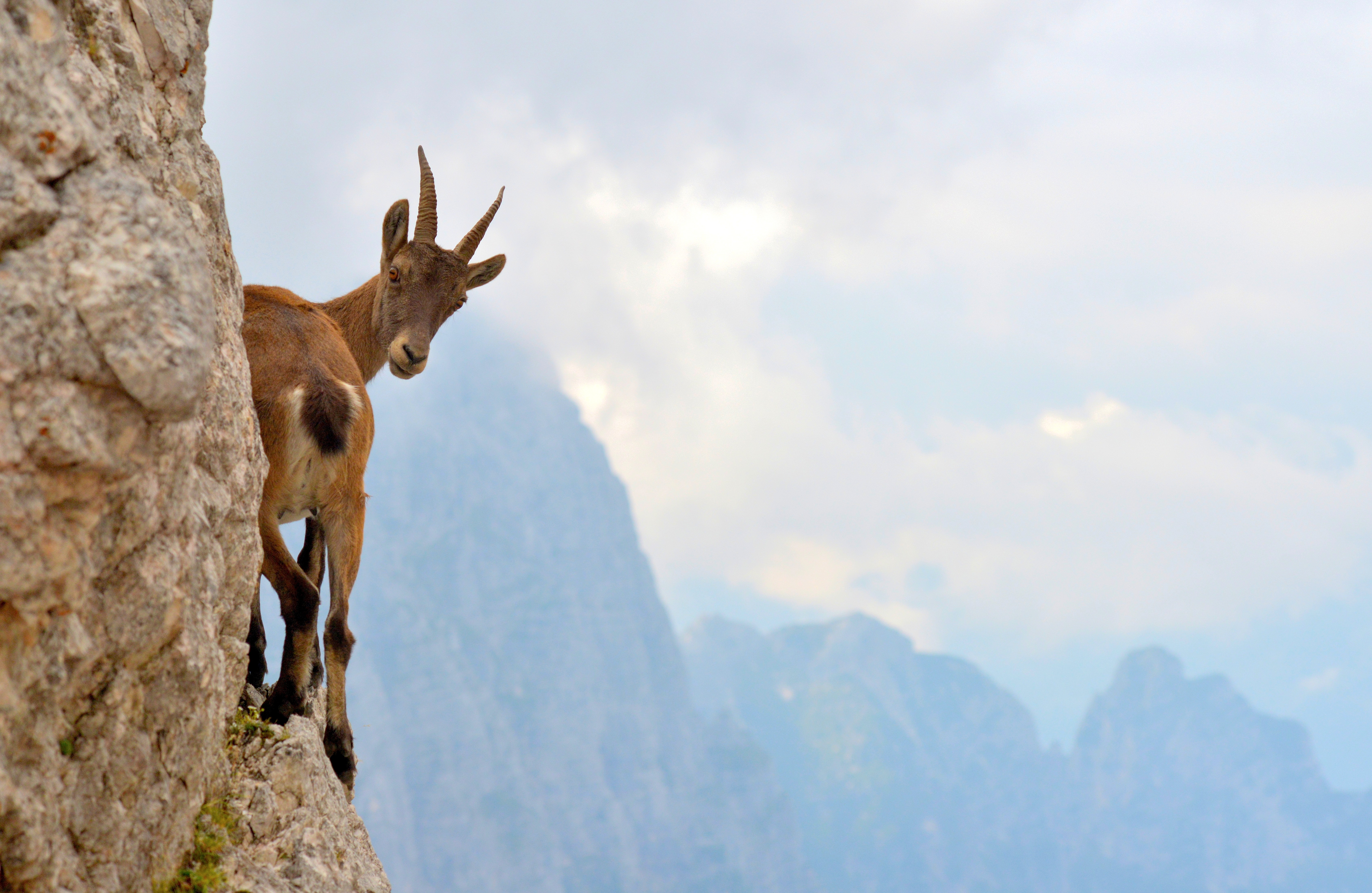
Suspense /© Stefano Zocca
A photographer that influenced my vision
I’m passionate about landscape and black and white images. My idol can only be Ansel Adams. I was initially only attracted to the technical aspect of his photos. But then, as my knowledge deepened, I came to understand even the “interior” aspects of the photograph. To quote Ansel Adams himself, “Photography is an investigation of both the outer and the inner worlds. The first experiences with the camera involve looking at the world beyond the lens, trusting the instrument will ‘capture’ something ‘seen.’ The terms shoot and take are not accidental; they represent an attitude of conquest and appropriation. Only when the photographer grows into perception and creative impulse does the term make define a condition of empathy between the external and the internal events.”




![Here's What Authenticity is According to 20 Independent Photographers [Week 5 and 6]](https://depositphotos-blog.s3.eu-west-1.amazonaws.com/uploads/2020/09/Heres-What-Authenticity-is-According-to-20-Independent-Photographers-Week-5-and-6.webp)
